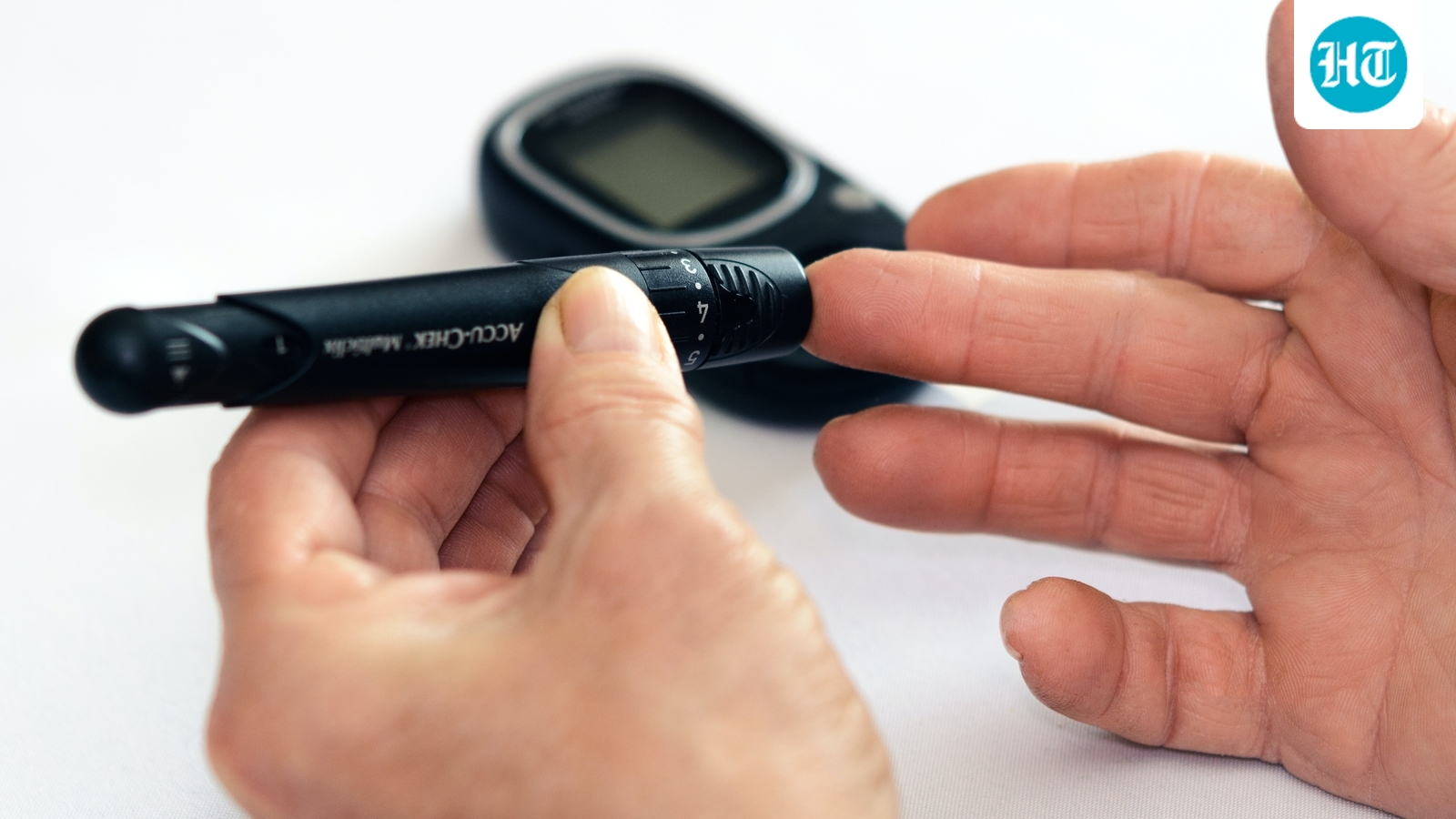Jess never dreamed that she was going to get sick, nor did she consider what it would mean for her love life if she did. When she first started dating her boyfriend, they were both in their late 20s, living busy, active lives. “Sport was…
Category: 6. Health
-

Depression and insomnia mediate the link between problematic internet
Ildiko Radvanyi,1 Antal Tibold,1 Viktoria Herczeg,2 Viktor Paphazi,3 Szilvia Beke,2 Kornel Mák,2 Krisztian Hargitai-Kiss,1 Gergely Feher1
1Centre for Occupational Medicine, Medical School, University of Pécs, Pecs, Hungary; 2Faculty of Health…
Continue Reading
-

Symptom Network Analysis in Patients Undergoing Chemotherapy for Color
Introduction
According to estimates by the International Agency for Research on Cancer (IARC), approximately 1.92 million new cases of colorectal cancer (CRC) and 904,000 related deaths occurred globally in 2022, positioning CRC as the third…
Continue Reading
-

A Nutritionist Eats a High-Protein Diet Without Ultra-Processed Foods
Grocery store shelves are stacked with convenient, protein-ified snacks, from bars to soda. But how much should you rely on them if you’re trying to avoid ultra-processed foods?
For Rob Hobson, a sports nutritionist,…
Continue Reading
-
New study reveals how an unexpected route delivered the Black Death into medieval Europe – Times of India
- New study reveals how an unexpected route delivered the Black Death into medieval Europe Times of India
- Volcanic eruption may have triggered Europe’s deadly Black Death plague BBC
- Climate-driven changes in Mediterranean grain trade mitigated…
Continue Reading
-

How Going Plant-based Could Prolong the Health Span
Share on Pinterest According to the latest research, plant-based diets may help prevent a range of chronic conditions, including diabetes. Image credit: Monica Bertolazzi/Getty Images - Research shows there are various benefits associated with…
Continue Reading
-

Kidney health alert: Low water intake is not the only reason behind kidney stones, warns nephrologist, reveals hidden causes
When it comes to kidney stones, the most common perception is that they are caused by insufficient water consumption, however, that is not always the case. Dr Arjun Sabharwal, MBBS and nephrologist, recently posted an IG video in which he…
Continue Reading
-

Endocrinologist shares 5 tips to manage blood sugar levels at work: Eating on time, taking breaks and more
Long hours of work at the office can create the perfect environment for high blood sugar, whether it is due to long periods of sitting, mindless snacking or the constant stress of deadlines. Over time, it may lead to insulin resistance and…
Continue Reading
-

New Stem Cell Approach Paves Way for Type 1 Diabetes Cure
A GROUNDBREAKING preclinical study has demonstrated that a chemotherapy-free, non-myeloablative conditioning regimen can induce durable mixed haematopoietic chimerism, restore immune tolerance, and completely reverse autoimmune type 1…
Continue Reading
-

Dietary Iron Deficiency Compromises Influenza Immunity – European Medical Journal Dietary Iron Deficiency Compromises Influenza Immunity
DIETARY iron deficiency during influenza infection may leave memory T cells numerically intact yet functionally weakened.
Dietary Iron Deficiency Alters T Cell Memory
The investigators used a murine model of dietary iron deficiency to examine…
Continue Reading
